Gustavo Díaz Ordaz, Mexico’s former president (1964-1970), was a man of iron will who ruled with a heavy hand, shaping the country’s destiny in the 1960s. Despite his reputation as a tough leader, Díaz Ordaz had a complex legacy. This article explores the lesser-known aspects of his presidency, revealing the accomplishments and controversies that have made him a figure of lasting fascination.
Captivating Facts about Gustavo Díaz Ordaz
Gustavo Díaz Ordaz, is a figure shrouded in complexity. His time in office was a time of both progress and deep sorrow, leaving a legacy that continues to spark debate among historians and everyday folks alike.
While his name is closely tied to the tragic Tlatelolco Massacre, it’s crucial to remember that his presidency wasn’t solely defined by this dark chapter. In fact, under his watch, Mexico went through a period of incredible economic expansion, often called the “Mexican Miracle.” Imagine that – a time when industries boomed and new roads and infrastructure seemed to spring up overnight!
Now, let’s talk about the Tlatelolco Massacre. This tragic event, where government forces clashed with student protesters, cast a long shadow over Díaz Ordaz’s legacy. Even today, experts are still trying to piece together exactly what happened and who gave the orders. It’s a stark reminder of the political tensions that simmered beneath the surface of Mexico’s economic growth.
Interestingly, despite the internal turmoil, Díaz Ordaz managed to forge stronger ties with other countries, particularly the United States. He believed in the power of collaboration and actively promoted trade, boosting Mexico’s standing on the global stage.
Beyond international relations, Díaz Ordaz was deeply invested in bringing Mexico into a new era of modernization. He knew that education and land ownership were key, so he rolled out programs to make both more accessible. These initiatives, while ambitious, were aimed at tackling poverty and inequality head-on.
But there’s more to Díaz Ordaz than meets the eye. He was a vocal advocate for international cooperation, actively participating in global organizations to promote diplomacy and understanding between nations. Some argue that this dedication to dialogue stemmed from a genuine belief in peaceful resolutions, adding another layer of complexity to his character.
In the grand tapestry of Mexican history, Díaz Ordaz remains an enigmatic figure. He wasn’t perfect, and his presidency was marked by both remarkable achievements and heartbreaking failures. He wasn’t simply a villain; he was a leader who navigated a turbulent period with a mixture of vision and miscalculation. Ultimately, it’s up to each of us to grapple with the contradictions of his legacy and learn from the triumphs and tragedies of his time in power.
What is Gustavo Diaz Ordaz known for?
Gustavo Diaz Ordaz, who was Mexico’s president some time back, is a figure that sparks a lot of debate. He did some pretty impressive things for the country’s economy, but he’s also remembered for a really tragic event.
Think of it this way: during his time, from the mid-60s to the early 70s, Mexico went through a period that some folks call the “Mexican Miracle.” The economy was booming! Diaz Ordaz was all about making deals and strengthening ties with other powerful nations, especially the United States. He wasn’t afraid to shake things up within Mexico either, pushing for changes that he believed would modernize the country and improve people’s lives.
But then, there’s the other side of the coin. In 1968, student protests erupted in Mexico City. Now, these weren’t just small-scale demonstrations; they were becoming a big deal. Diaz Ordaz, some might say he was worried about things getting out of control, made a decision that continues to haunt his legacy. He sent in the military to shut down the protests. This led to the Tlatelolco Massacre, a day of violence and bloodshed that claimed the lives of many students.
So, when you hear the name Gustavo Diaz Ordaz, you’re encountering a man of contrasts. He helped Mexico grow economically and gain a stronger international standing. However, the shadow of Tlatelolco remains, a tragic reminder of the human cost that can accompany political decisions.
It’s worth noting that there are many different opinions about Diaz Ordaz and his actions. Some people believe he was a strong leader who did what he thought was best for Mexico, even if it meant making tough choices. Others see him as a figure who abused his power and caused unnecessary suffering.
To understand Diaz Ordaz fully, you have to dig deeper, read different accounts, and consider the complexities of the time.
Here’s a little table to help you remember the key points:
| Positive Impacts | Controversial Actions |
|---|---|
| “Mexican Miracle” economic growth | Tlatelolco Massacre (1968) |
| Improved relations with the United States | |
| Social and economic reforms |
The story of Gustavo Diaz Ordaz is a reminder that history is rarely black and white. It’s full of gray areas, tough choices and lasting consequences.
Who was the President of Mexico Diaz Ordaz?
Gustavo Díaz Ordaz served as the President of Mexico from 1964 to 1970. His presidency was a complex period in Mexican history, marked by both significant economic growth and a deeply controversial event that continues to shape his legacy.
Díaz Ordaz presided over a period of remarkable economic expansion in Mexico, often referred to as the “Mexican Miracle.” During his time in office, the country experienced substantial industrial growth, infrastructure development, and improved living standards for many Mexicans. He prioritized economic stability and pursued policies that fostered industrialization, investment, and trade.
Beyond domestic policies, Díaz Ordaz recognized the importance of international relations. He actively sought to strengthen ties with other nations, particularly the United States, further integrating Mexico into the global economy and elevating its international standing. His administration believed in open dialogue and collaboration to address shared challenges.
However, Díaz Ordaz’s presidency was also marked by a tragic event that continues to cast a shadow over his legacy: the Tlatelolco Massacre. In 1968, student-led protests, fueled by demands for democratic reforms and greater social justice, erupted in Mexico City. The government’s response, authorized by Díaz Ordaz, was swift and brutal, resulting in the deaths of hundreds of unarmed protesters.
The Tlatelolco Massacre remains a deeply painful and controversial event in Mexican history. It raised questions about the government’s use of force, the suppression of dissent, and the limits of authoritarian rule. While Díaz Ordaz argued that his actions were necessary to maintain order and stability, critics have condemned the massacre as a gross violation of human rights and a tragic example of state-sponsored violence.
The legacy of Gustavo Díaz Ordaz remains deeply contested. Some remember him for the economic progress achieved during his presidency and his efforts to modernize Mexico. However, the shadow of the Tlatelolco Massacre continues to loom large, serving as a stark reminder of the human cost of political repression and the importance of upholding democratic values. His presidency serves as a poignant reminder that even amidst progress, the suppression of dissent and the use of excessive force can have devastating and lasting consequences.
Who Was President in Mexico during the 60s?
Gustavo Díaz Ordaz was the President of Mexico during the 1960s, holding office from 1964 to 1970. His presidency coincided with a decade of significant transformation and turmoil in Mexico and around the world.
What is the name of the Mexican President?
This question lacks context. To answer accurately, please provide more information, such as:
- The time period you’re interested in (e.g., “Who is the current Mexican President?”)
- A specific event related to a Mexican President.
What is the airport code for Puerto Vallarta, Mexico?
The airport code for Puerto Vallarta, Mexico is PVR. This code represents Puerto Vallarta International Airport, officially known as Licenciado Gustavo Díaz Ordaz International Airport.
While you are exploring intriguing historical figures, you might find these articles interesting:
- While you are exploring the intriguing life of Zhang Heng, unbelievable facts about Zhang Heng will add more depth to your understanding.
- We have a collection of fascinating facts about Corinna Schumacher that you might not know about her.
- There are some intriguing facts about Baron Von Raschke that you might not have heard about.
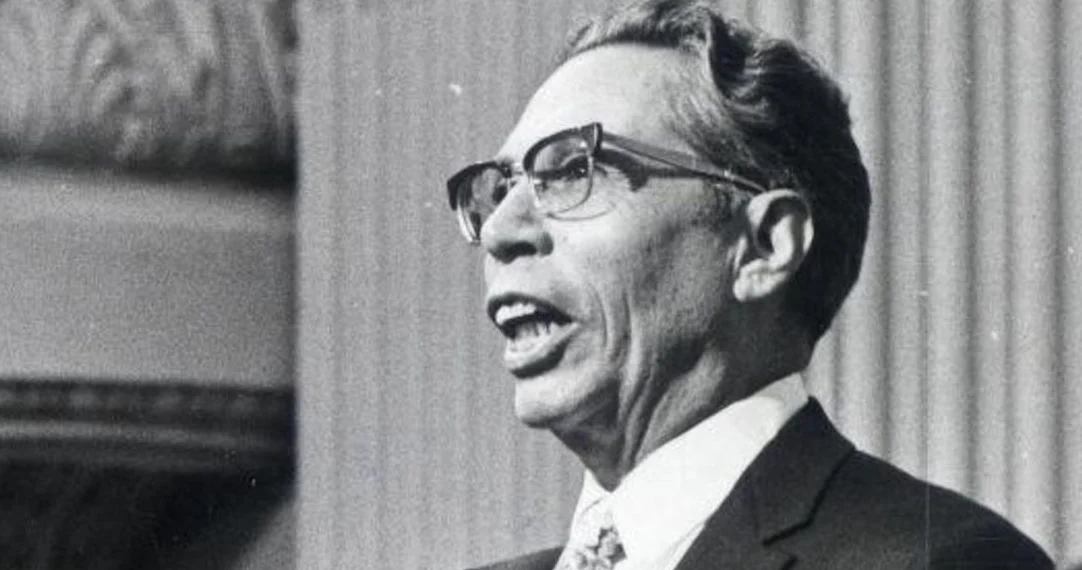
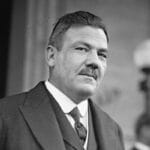
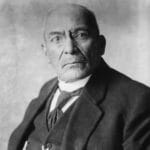

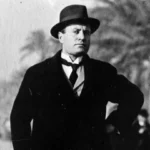
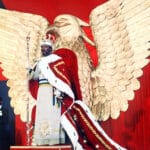
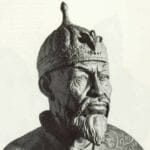









2 thoughts on “Unveiling Captivating Facts about Gustavo Díaz Ordaz”
Comments are closed.